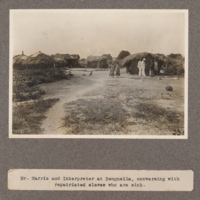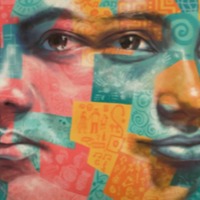
Berhane
There is an estimated 48,000 people living in modern slavery in Libya (GSI 2018). Libya is a major transit destination for migrants and refugees hoping to reach Europe by sea. Human trafficking networks have prospered amid lawlessness, created by the warring militias that have been fighting for control of territories since the toppling of Muammar Gaddafi in 2011. Highly organized trafficking and migrants smuggling networks that reach into Libya from Niger, Nigeria, Chad, Eritrea, Ethiopia, Somalia, Sudan, and other sub-Saharan states subject migrants to forced labor and forced prostitution through fraudulent recruitment, confiscation of identity and travel documents, withholding or non-payment of wages, debt bondage, and verbal, physical, and sexual abuse. In some cases, migrants reportedly pay smuggling fees to reach Tripoli, but once they cross the Libyan border they are sometimes abandoned in southern cities or the desert where they are susceptible to severe forms of abuse and human trafficking. Berhane chose to travel from Eritrea to Europe through smugglers, however he found himself trafficked by brokers and being locked inside for a year. After being released from the trafficker’s camp, he and two friends, Abraham and Kidane, decided to cross the sea together. They were put out to sea in an old wooden boat that was leaking. They were three days at sea, with no food and no water to drink. Some of the passengers died. Today, the three friends are earnestly advising other people not to go on this dangerous journey. They say enough is enough, irregular travel through Libya should stop now. Berhane’s narrative is part of a conversation with two other Eritrean men in a refugee reception centre in Malta, discussing their experience of taking the Libya route to Europe.
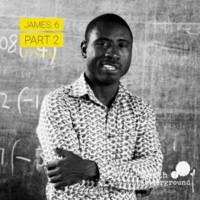
James
There are an estimated 133,000 people living in modern slavery in Ghana (GSI 2018). Ghana remains a source, transit, and destination country for men, women, and children subjected to forced labour and sex trafficking. Ghanaian boys and girls are subjected to forced labour within the country in fishing, domestic service, street hawking, begging, portering, artisanal gold mining, quarrying, herding, and agriculture, including cocoa. Research focused on the fishing industry on Lake Volta indicated that more than half of the children working on and around the lake were born in other communities and many of these children are subjected to forced labour; not allowed to attend school; given inadequate housing and clothing; and are controlled by fishermen through intimidation, violence, and limiting access to food. Boys as young as five years old are forced to work in hazardous conditions, including deep diving, and many suffer waterborne infections. A study of the prevalence of child trafficking in selected communities in the Volta and Central Regions indicated that children from nearly one-third of the 1,621 households surveyed had been subjected to trafficking, primarily in fishing and domestic servitude. James was forced into child labour by his father, in Winneba, Ghana. From the age of six to thirteen he was forced to work long hours as a child fisherman with little food and no access to medical care.
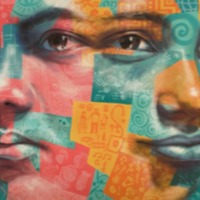
Anil
There are an estimated almost 8 million people living in modern slavery in India (GSI 2018). India has a population of more than 1.3 billion people, there are still at least 270 million people living on less than US$1.90 per day. While laws, systems and attitudes regarding key 'fault lines' such as the caste system, gender and feudalism are rapidly changing, social change of this depth and scale necessarily takes time. In this context, it is perhaps unsurprising that existing research suggests that all forms of modern slavery continue to exist in India, including intergenerational bonded labour, forced child labour, commercial sexual exploitation, forced begging, forced recruitment into nonstate armed groups and forced marriage. After his father became ill and eventually passed away, 13-year-old Anil has been working to help support his mother and four siblings.
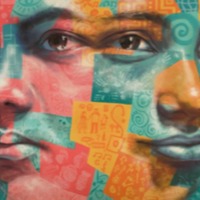
Shenli
Lin Shenli was sentenced to 18 months of “reeducation through labor” in a Chinese prison camp on January 23, 2000 for taking part in illegal Falun Gong activities. He was released in January 2002, after two years in the labor camp. Unknown numbers of people have been held as slave laborers in China’s “Laogai” (labor reform camps). Created by the Chinese Communist Party under Mao Zedong, the Laogoi system was intended to “reeducate criminals” and has long used prisoners as a source of cheap labor. Labor and pro-democracy activists have been targeted for Laogai imprisonment.
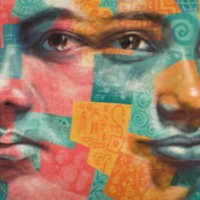
Bin
Unknown numbers of people have been held as slave laborers in China’s “Laogai” (labor reform camps). Since 1999, the Chinese Communist party has executed a campaign of persecution against the spiritual practice of Falun Gong, which is seen as a “threat to social and political stability.” Practitioners have reported being detained and mistreated while in detention, including torture and forced labour. Human rights organizations claim that Falon Gong practitioners are often targeted for arrest, along with ethnic minorities, Catholics, Protestants, and Tibetans. Bin, a journalist for a newspaper that reported on Falun Gong, spent two years in the Laogai. It is estimated that 0.25% of the population of China are living in modern slavery. According to the Global Slavery Index, “China still faces an enormous issue with the trafficking of women and children for forced marriage and the sex trade, both internally and on a transnational level as criminal gangs become more sophisticated.”
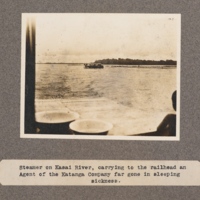
Steamer on Kasai River, carrying to the railhead an agent of the Katanga Company far gone in sleeping sickness
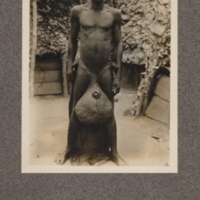
Man suffering with elephantiasis
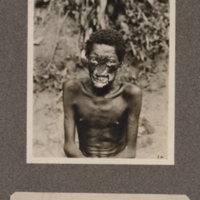
Leper at Euli, Ikelemba River, upper Congo
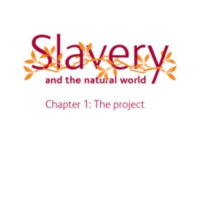
Slavery and the Natural World
In consultation with local community groups, in 2007 the Natural History Museum commissioned new research into its collections that link slavery and the natural world. The research uncovered experiences of enslaved people and the use of plants in their everyday life, as food, medicines and poisons. It also examined the complex relationships between enslaved people and naturalists exploring newly-colonised lands. The museum ran a series of public events, co-hosted by Race on the Agenda, which aimed to bring the historical, scientific and public viewpoints together. It created online educational resources on themes such as Commercial Plants, Everyday Life, Diet and Nutrition, and Resistance. The museum also developed cross-curricular ideas for school lessons in Science using the context of slavery, looking at foods across different cultures, for example.
